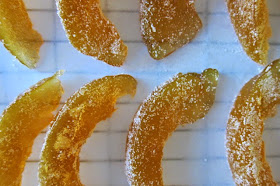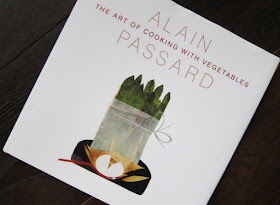 |
| Donostia, London W1 Cod Cheeks Pil-Pil |
The backlash against 'gourmet fast-food' restaurants in London has started. Having never understood the attraction, I can only see this as a good thing. So don't expect to find any of them in my list of where to eat in 2013.
My pick of London restaurants this year include some old favourites and some great new 2012 openings. Based on personal experience, here's where I'd like to be eating in 2013. The last 5 places on the list are newly opened in 2012. All of them are, in my view, serving very good to excellent food and wine at fair prices.
40 Maltby Street Natural wines and Steve & Kit's seasonal, consistently good food.
St John Bread & Wine for when you need "steadying" in Spitalfields.
Barrafina Arguably London's best Spanish tapas bar, in the heart of Soho.
Quo Vadis In their own words, serving "plain, simple, good fare". Menus make the most of seasonal British foods. Soho stalwart, but the excellent Jeremy Lee is now heading up the kitchen. Review from me coming soon.
Moro Sure-footed cooking of Spanish and Muslim Mediterranean food. Wood-fired oven, good wines and buzzy atmosphere.
Arbutus Great value lunch in the heart of Soho.
Gauthier Soho Seasonal, great flavours, classic French food with occasional Asian influences from Alexis Gauthier. Good value lunch.
Bocca di Lupo Jacob Kenedy's exceptionally good Italian-influenced food in Soho.
Le Gavroche Michelin ** in Mayfair, Michel Roux Jnr in the kitchen. Exceptional value 3 course set-lunch menu but book ahead.
The Green Man and French Horn Former pub in the heart of theatre-land serving simple French dishes and great wines, some natural, from the Loire region. Plat du Jour including a decent glass of wine £10.
The Quality Chop House Seasonal, British and gutsy food. Excellent re-incarnation of this Victorian Grade II listed London chop house. Eat in the restaurant or bar. Good wine list too.
Lardo Good, simple, seasonal food centred round a wood-fired oven in a relaxing setting. A top place to eat in the ever-improving London Fields, East London.
Donostia The food of San Sebastian in London's West-end. Authentic, assured cooking, good wines and lovely staff.
Dabbous The food of Ollie Dabbous was a revelation to me. It was here that a salad reduced me to silence. Book well ahead or try for a walk-in.
Happy New Year













